I have to admit, every time a Chaplin film pops up in the chronology, I’m a little nervous. I know I’m supposed to love his work, and praise him as an early genius of film, but so far I’ve been unimpressed by him. It’s as if his distinct look is all that sets him apart from his peers, at least so far. Will this be the film that changes my mind? Spoiler alert— sort of!
This short opens with a sequence in a bar that is the best thing I’ve seen from Chaplin yet. He’s still playing the role of a somewhat mean-spirited instigator, but at least no one gets kicked in the seat of the pants this time around. Instead, we get a 4 1/2 minute scene of Chaplin’s Tramp playing his fiddle at a bar, while a five-piece band plays in front of the same bar. He tries to collect tips for himself, perpetrating that he’s collecting for the band, and chaos, and a chase, ensues.
After the bar incident, the scene shifts to a mansion, where a wealthy woman, played by Charlotte Mineau, a Chaplin regular, bemoans the fact that their daughter has been missing since she was a little girl. Cut to a Gypsy camp, where we learn that daughter, played by Edna Purviance, another Chaplin regular who I just saw as “the Girl” in The Fireman, was abducted by a band of Gypsies and has been living as a servant for one of them, played by Eric Campbell (yet another regular, he played the Fire Chief in The Fireman) ever since. She’s now full-grown, and laments her sad life.
Along comes Chaplin, who enthralls the Girl with his fiddling, before the Gypsy Chief comes along and shoos Chaplin away. He proceeds to whip the Girl, as punishment for talking to the Tramp, but Chaplin returns and clobbers him with a tree branch. While the other Gypsies tend to their fallen Chief, Chaplin and the Girl escape in the Gypsy’s wagon.
The next morning, Chaplin washes and grooms the Girl, who is unkempt after a lifetime in squalor, then prepares breakfast. While he’s cooking, she wanders off and meets a handsome young artist, played by yet another Chaplin regular, and future star director, Lloyd Bacon, who offers to paint her. She falls for him and brings him back to the camp to have breakfast with them, much to the Tramp’s dismay. She’s smitten, and spends the entire meal enthralled by the artist. When he leaves, both she and the Tramp are left broken-hearted.
Next, we’re in an art gallery, where the painting of the Girl has won first prize in a contest. The mother from earlier in the film sees the painting, recognizes her lost daughter’s unique, shamrock-shaped birthmark, and asks the Artist to help her locate the Girl. Fortunately, the Tramp and the Girl are still camped in the same place, and mother and daughter are reunited, as are Girl and Artist. They drive off happily, leaving the Tramp sad and alone.
It seems we’re destined for a bittersweet ending, until moments later, when it dawns on the Girl that it’s the Tramp she loves, and not the Artist, so she demands they turn the car around. They return to the camp, where she tells the Tramp she loves him, and he grabs his fiddle and hat, hops into the car, and off they go, presumably to a happily ever after ending.
The is easily the best thing I’ve seen from Chaplin. I hope this marks a turning point, and I’ll find my way onto the Chaplin bandwagon, but regardless of what comes next, this is definitely a fun, well-made, short film.
I watched this on the same Blu-ray set that I’ve linked previously, and have linked again at the bottom of this post. You can watch a good, clear copy on YouTube, which I’ve linked for you below.
This is the Blu-ray. Click and purchase a copy of your own!
Next I’m watching The Half-Breed [1916], directed by Allan Dwan.

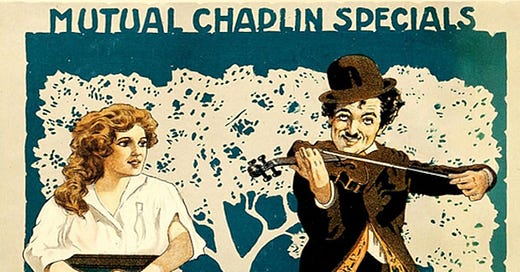



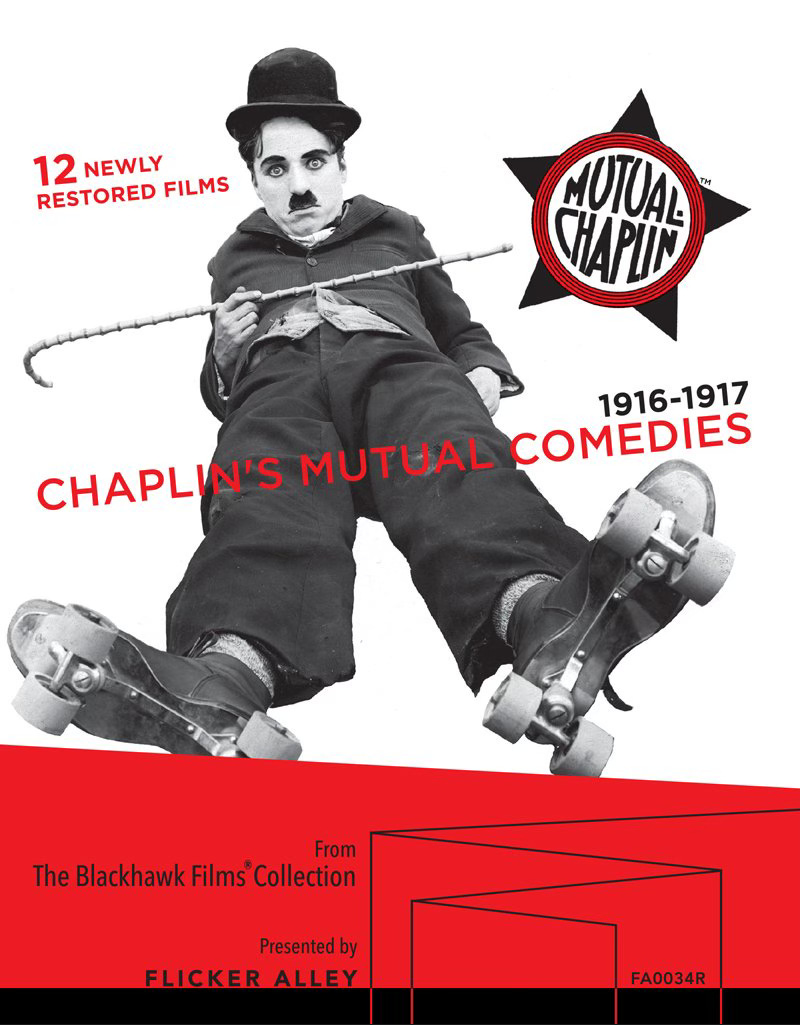

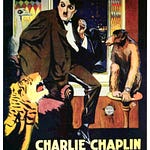
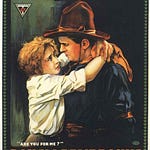

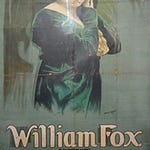
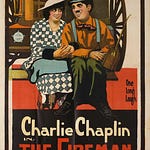

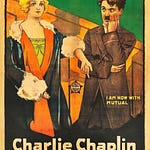
Share this post